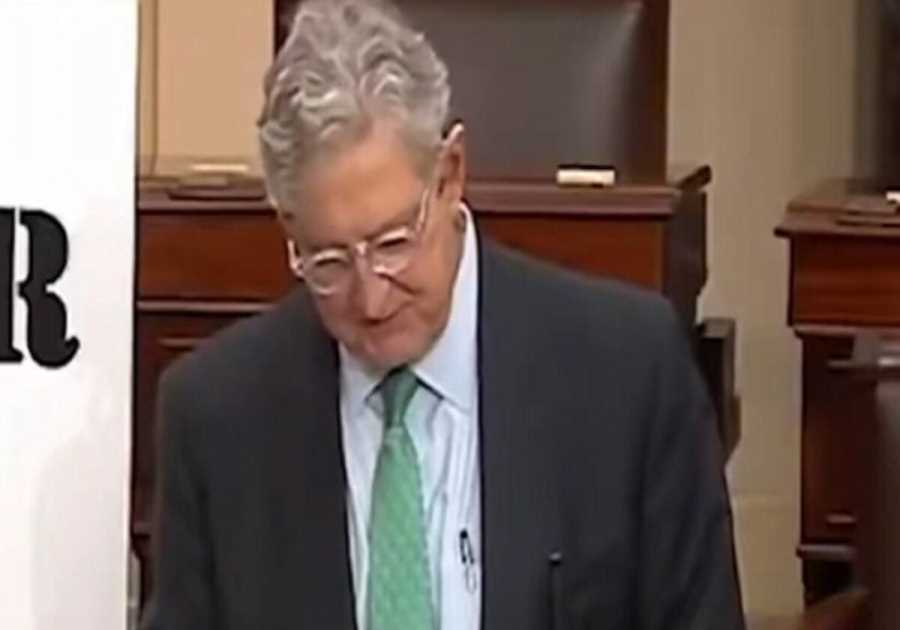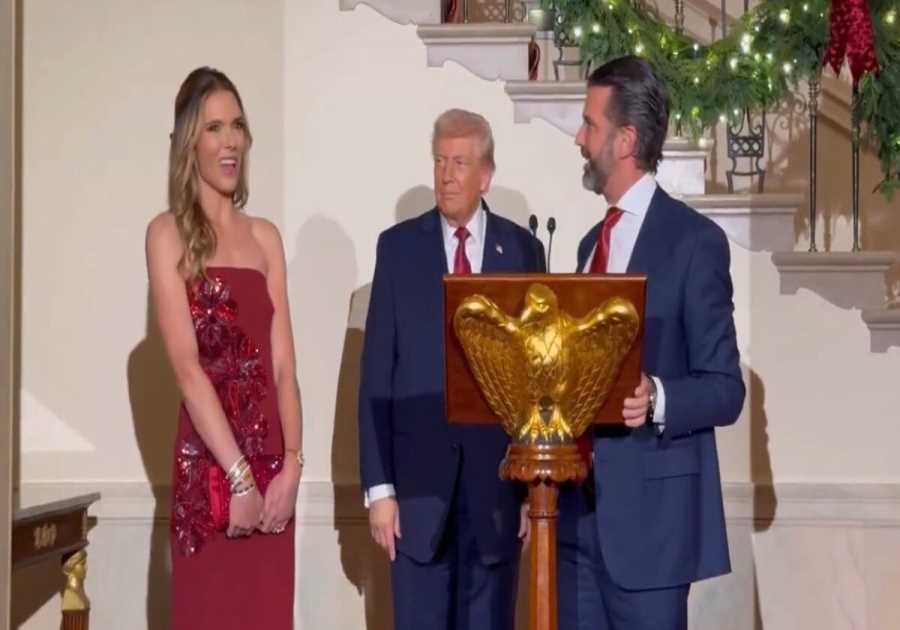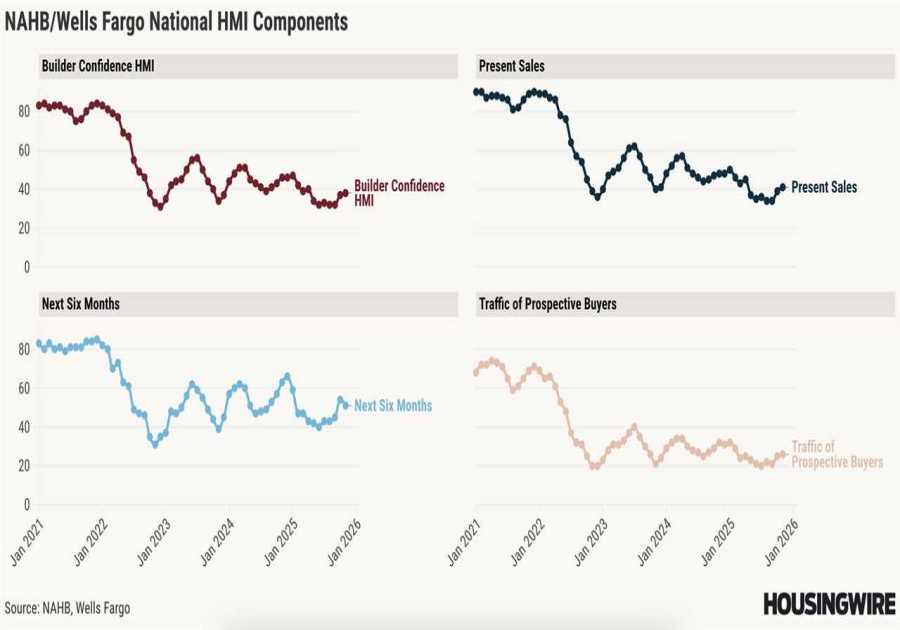Anna Moneymaker/Getty Images
- Student-loan payments, and interest, have been on pause for over three years.
- But interest will start accruing again in September, with payments resuming one month after.
- Interest has been a key driver of surging student-loan balances due to capitalization.
David Wise, 61, has $236,485 in student debt after making about $175,000 in payments over four decades. His original balance started at just around $79,000.
It's not that he stopped making the required payments on his loans — he just could not stay ahead of the surging interest rates, he told Insider in 2021.
"I feel like I've actually been responsible, and I've paid a considerable amount of money on my student loans," Wise said. "But it really is a debtor's prison."
Americans with student debt are probably all too familiar with interest, and its ability to make their balances grow far larger than the amount they signed on to borrow. It's a process known as interest capitalization, in which accrued interest is added to the original loan balance, and future interest grows based on that higher amount.
Since March 2020, interest on student loans has been waived as part of the ongoing student-loan payment pause for most federal borrowers, but an Education Department spokesperson recently confirmed that interest accrual will resume in September, with payments beginning once again in October.
"We recognize that our borrowers need information and they need a long on-ramp because it has been three years of resuming payments," Education Secretary Miguel Cardona told senators in May.
"We do plan on making sure it's a smooth reentry to repayment," he added. "The emergency period is over, and we're preparing our borrowers to restart."
It's unlikely that timeline will change, given the debt-ceiling bill President Joe Biden recently signed into law codified the end of the student-loan payment pause. While it allows a president to implement another pause in the case of a future national emergency, Biden cannot provide additional relief in connection with COVID-19. That means that even if the Supreme Court strikes down Biden's broad plan to cancel up to $20,000 in student debt, payments will resume, and interest will grow right along with them.
A new report from the Jain Family Institute, a nonprofit research organization, delved into the impact of the student-loan payment pause over the past few years, and how borrowers' balances have fared. While some might expect balances to decrease when a borrower enters repayment, the report found the opposite.
"Disconcertingly, we find that balance accumulation does not reverse when a borrower is supposed to have entered repayment," the report said. "Instead, for a significant (and increasing) share of borrowers, the condition of being unable to afford repayment simply continues, pushing them either into delinquency and default, forbearance, or a reduced payment plan, in which interest accumulates and pushes loan balances upward."
"As the cost of college continues to rise, in turn leading to larger loan balances at origination, the cycle of interest accumulation during in-school deferrals is sure to continue," it said.
"Thereupon standard repayment plans (to retire the debt within ten years of entering repayment) will be increasingly unaffordable and interest will accumulate in greater amounts in forbearance or below-market repayment plans, leading to larger balances at all stages of repayment, lengthening considerably the time to repayment and reducing the probability that a loan will ever be repaid," the report continued. "The only policy that has ever ended this debt cycle is the repayment pause, and the cycle is all but guaranteed to restart once the repayment pause comes to an end."
The Education Department has previously acknowledged the "financial and psychological challenges" that accompany growing interest — and it introduced a series of reforms to remedy that. It remains to be seen how effectively they can be carried out.
How Biden plans to prevent surging interest on student loans
In July 2022, the Education Department unveiled a list of regulatory proposals that included a plan to prevent interest capitalization. Specifically, the department proposed removing capitalization on loans entering repayment following a grace period, on federal loans during forbearance periods, and on defaulted loans.
Alongside Biden's announcement of broad student-loan forgiveness, it also included a plan to prevent unpaid monthly interest from adding onto a borrower's principal balance as long as borrowers make their monthly payments, even if that payment is $0 due to their income level.
"We cannot return to the same broken system we had before the pandemic, when a million borrowers defaulted on their loans a year and snowballing interest left millions owing more than they initially borrowed," Cardona said in a January statement.
Still, even with those planned reforms, the department has limited resources to implement a host of changes to the student-loan industry due to limited funding for Federal Student Aid from Congress. That's why a growing number of Democratic lawmakers and advocates want to ensure borrowers can still get additional relief — especially if the Supreme Court strikes down debt cancellation — in the coming months.
"It would be political malpractice to have students repay student loans under Biden when Trump provided the relief," California Rep. Ro Khanna told The Washington Post. "This is not rocket science."
Read More
By: [email protected] (Ayelet Sheffey)
Title: A key driver behind ballooning student-loan balances is about to come back after a 3-year pause
Sourced From: www.businessinsider.com/when-is-interest-coming-back-student-loan-debt-relief-biden-2023-6
Published Date: Mon, 19 Jun 2023 11:15:00 +0000
.png)





